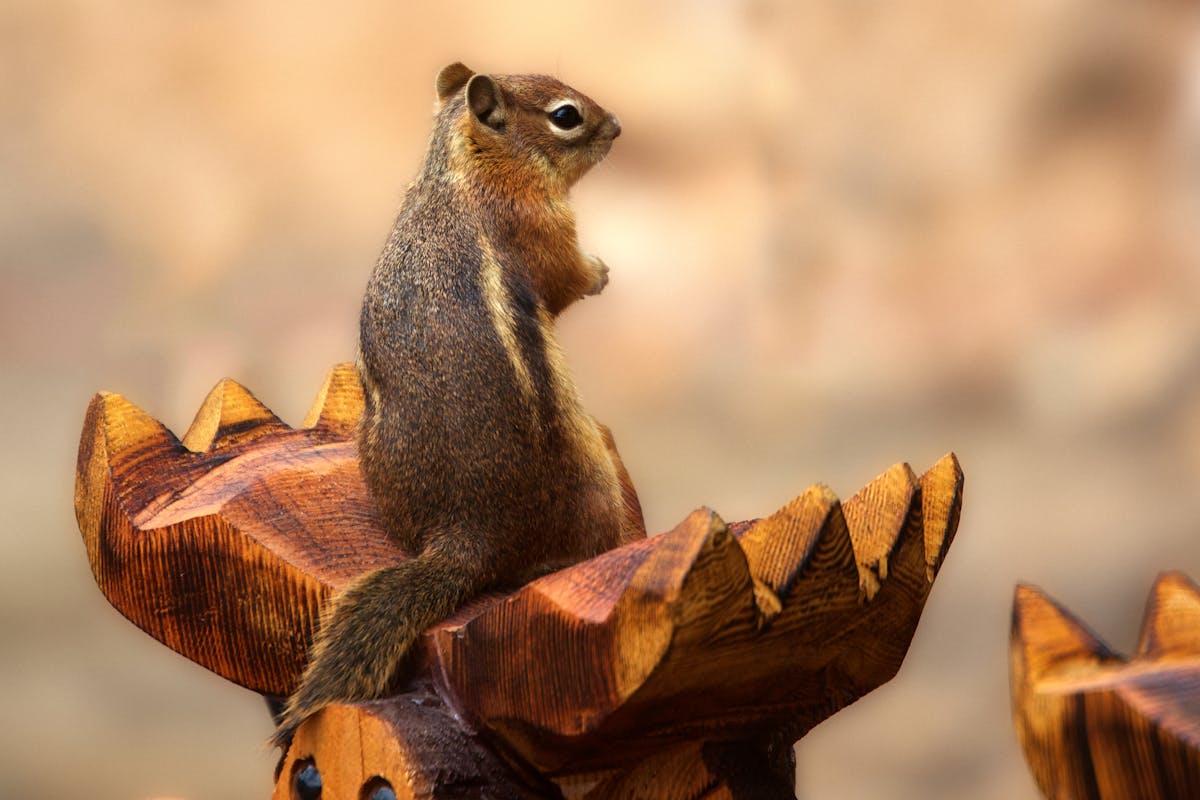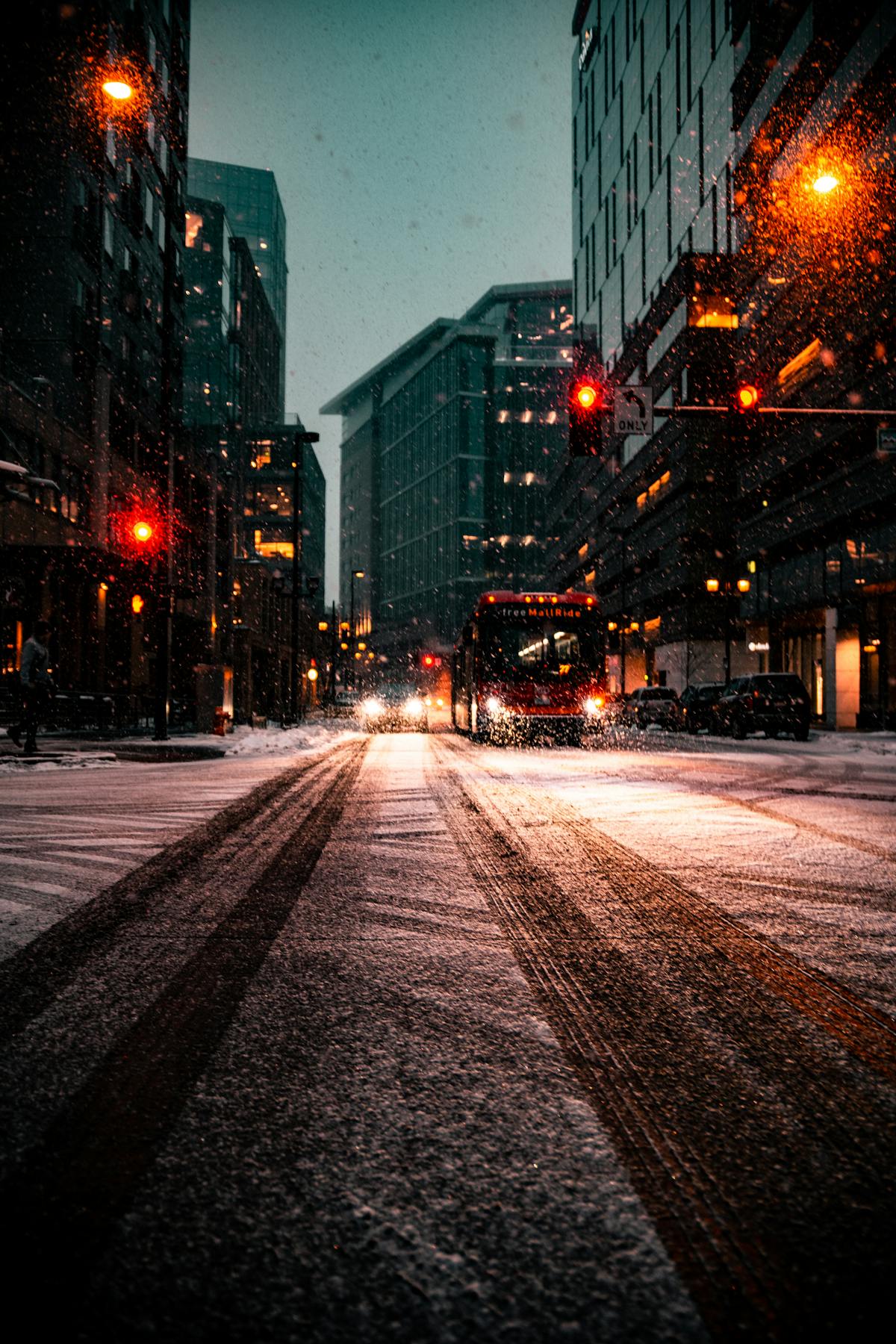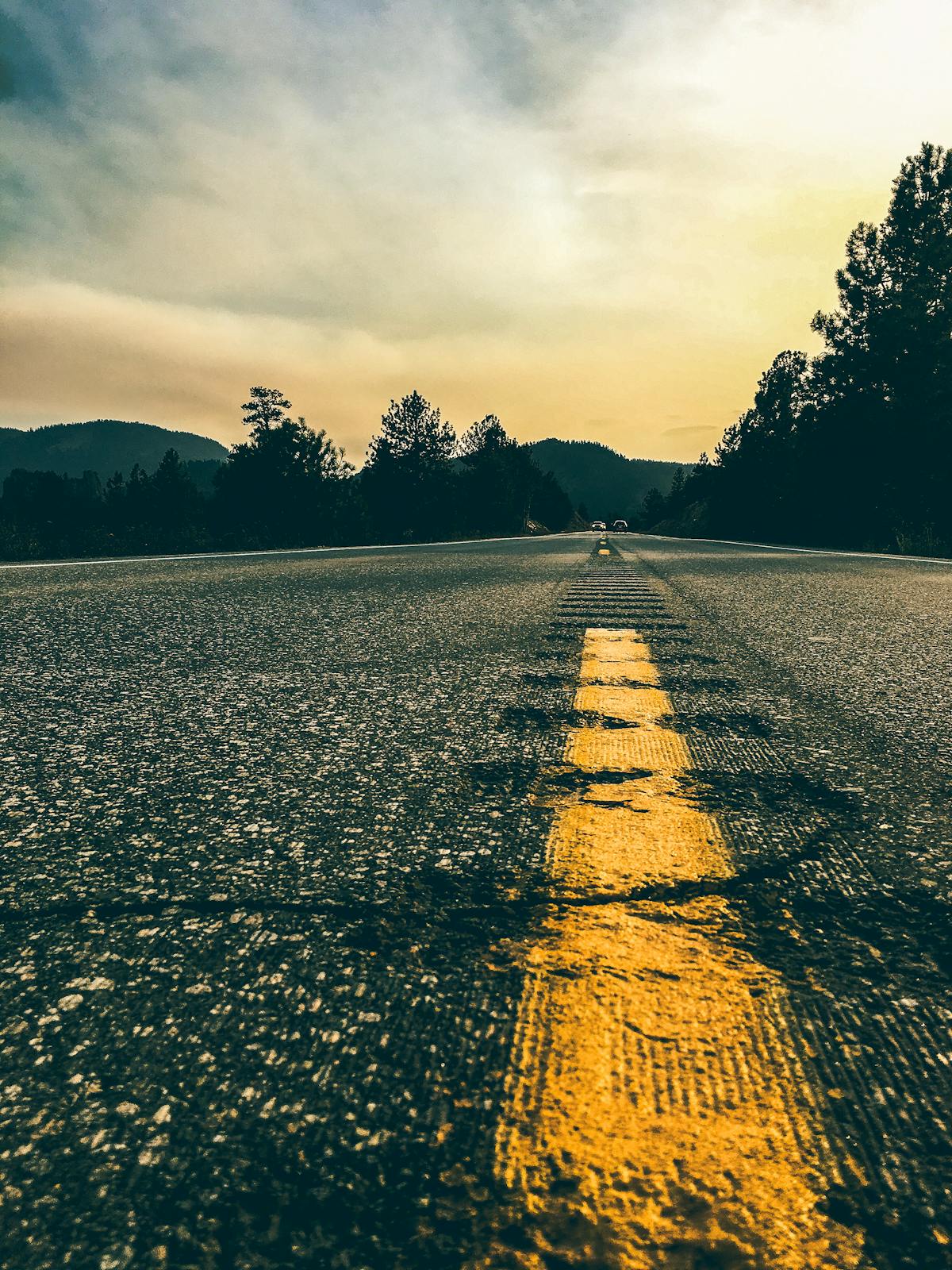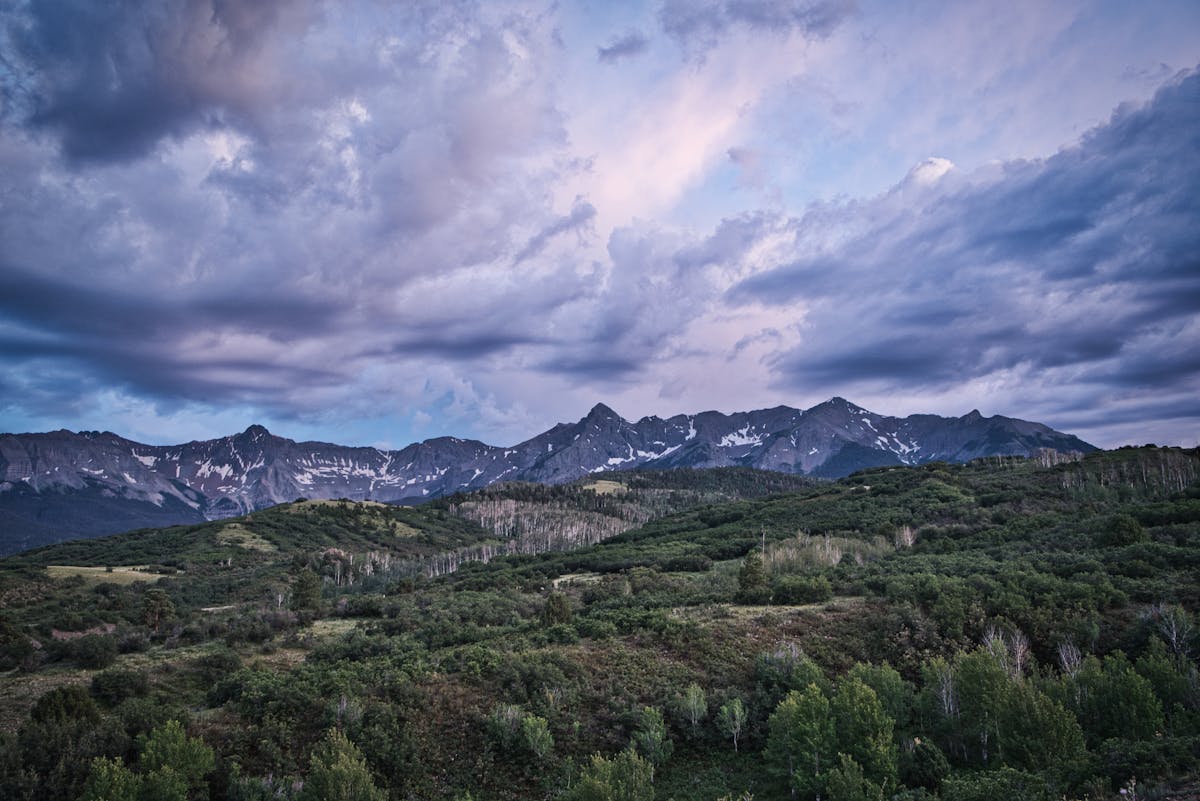Deciding the rocky mountains best time to visit is key to unlocking the park’s full potential. Rocky Mountain National Park, a sprawling 415 square miles of majestic peaks, crystal-clear rivers, alpine lakes, and abundant wildlife, offers a unique experience in every season. While beautiful year-round, certain times provide more favorable conditions and access than others. As someone who lives near and frequently explores this incredible park, I’ve experienced its many moods and can help you navigate the best periods to plan your adventure.
Whether you dream of vibrant autumn foliage, lush summer meadows, quiet snowy landscapes, or the first blooms of spring, understanding the seasonal changes is crucial. The weather, often unpredictable in the high mountains, dictates road closures, trail conditions, wildlife viewing opportunities, and the availability of park services. Let’s delve into the nuances of each season to help you determine the rocky mountains best time to visit for your perfect trip. From bustling peak season to serene winter escapes, each period has its unique charm and challenges. Planning your visit according to these insights will ensure a rewarding experience in this stunning wilderness. Exploring the diverse experiences Colorado offers, from mountain adventures to vibrant towns, can be part of planning the [best time to go to colorado].
Decoding Rocky Mountain Seasons: Best vs. Worst Times

Based on personal experience and typical park conditions, some times stand out as ideal, while others present significant hurdles. It’s not just about scenery; it’s about access, crowds, and the overall ease of your visit. Here’s a breakdown contrasting the most rewarding periods with the most challenging ones.
| Best Times | Highlights | Considerations | Worst Times | Challenges | Potential Upsides |
|---|---|---|---|---|---|
| Early Fall | Stunning foliage, elk rut, calm weather, open roads | Large crowds, elk can be dangerous | Late Fall | Low humidity (less snow initially), high winds, cold | Fewer crowds, bighorn sheep rut |
| High Summer | Wildflowers peak, mild weather, active wildlife, open roads | Heavy traffic/crowds, timed-entry system | Winter | Cold, wind, snow, dangerous snowfields, wildlife moves lower, traction law | Minimal crowds, bluebird snow days, snow sports |
| Late Spring | Fewer crowds pre-Memorial Day, baby animals, early wildflowers, green landscapes | Unexpected storms, cold nights | Early Spring | Muddy trails, poor trail conditions, fragile new growth, dangerous rivers | Scenic water flow |
BEST TIME: Early Fall – A Tapestry of Color and Wildlife
Early autumn is arguably the most visually spectacular and dynamic time to visit Rocky Mountain National Park. This period typically falls in mid-September but can fluctuate depending on the year’s weather patterns, sometimes starting in late August or extending into early October. The magic lies in the dramatic transformation of the landscape and the heightened activity of its iconic wildlife. Be aware that an early snowstorm can abruptly end this beautiful window.

PROS:
- Spectacular Fall Foliage: The star attraction is the changing color of the leaves, particularly the aspen trees. Their golden, yellow, and sometimes orange leaves shimmer against the backdrop of dark green evergreen forests, creating breathtaking panoramas. Driving through areas like Moraine Park or along Bear Lake Road offers incredible views.
- The Elk Rut: Witnessing the annual elk rutting season is an unforgettable experience. Bull elk become incredibly active, bugling loudly to attract mates and sparring with rival males. It’s a display of raw nature that draws many visitors. Viewing areas like Horseshoe Park and Moraine Park are prime spots.
- Pleasant Weather: Early fall often brings stable, clear, and comfortably cool weather. Days are typically sunny and mild, perfect for hiking and exploring, though evenings can start to get chilly.
- Road Access: Key scenic roads like Trail Ridge Road (weather permitting) and Old Fall River Road are usually still open, providing access to higher elevations and stunning viewpoints before seasonal closures begin.
CONS:
- Significant Crowds: Because it’s widely known as a prime viewing period, early fall sees massive crowds. The park can feel incredibly busy, especially on weekends, leading to traffic congestion, full parking lots, and crowded trails. Visiting on weekdays or arriving early in the morning can help mitigate this.
- Dangerous Elk: While fascinating, elk during the rut are wild animals and can be highly aggressive. Bull elk, weighing up to 1,000 pounds, are focused solely on mating and defending their harems. Maintaining a safe distance (at least 75 feet or two bus lengths) is crucial for your safety and the animals’. Never get between a bull and his cows. Always review the park’s wildlife viewing guidelines.
WORST TIME: Late Fall – The Wind and the Waiting Period
Late fall, typically spanning from late October through December, can be a challenging period for visiting Rocky Mountain. It’s a transitional phase where the beauty of autumn has faded, but the full winter wonderland hasn’t yet arrived consistently. This time is often characterized by harsh conditions that can limit access and comfort.
CONS:
- Low Snow & Barren Landscape: Often, late fall before the major winter snowfalls can be quite dry. With the autumn leaves gone and snow cover not yet deep or widespread, the landscape can appear brown and stark. It’s less visually appealing than other seasons.
- Intense Wind: This is perhaps the most significant deterrent of late fall. Wind speeds can be incredibly high, especially at higher elevations. Gusts can make hiking miserable and even dangerous due to falling branches or trees. High winds can persist from October through April.
- Cold Temperatures: While not the absolute coldest of winter, temperatures drop significantly, and the relentless wind makes it feel much colder. Being outside for extended periods can be uncomfortable without proper gear.
PROS:
- Fewer Crowds: As conditions become less predictable and comfortable, visitor numbers drop significantly. You’re much more likely to find solitude on trails, especially on weekdays. This can be a huge plus for those seeking peace and quiet.
- Bighorn Sheep Rut: While the elk have moved to lower elevations, late fall is the mating season for Bighorn Sheep. These majestic animals are often more active and visible during this time, sometimes seen near roadsides or in the park’s higher rocky areas. They are generally less dangerous than elk during their rut, but viewing wildlife from a distance is always recommended.
- Possibility of Perfect Days: Despite the typical challenges, there can be occasional calm, sunny, and relatively warm days scattered throughout late fall. Checking the forecast right before your visit is essential, as you might get lucky and experience a beautiful, quiet mountain day.
BEST TIME: High Summer – Wildflowers, Warmth, and Wildlife
High summer, particularly late July and August, represents another peak period for visiting Rocky Mountain National Park, offering a completely different experience than the fall. This is when the park truly bursts with life, color, and energy. The warmer temperatures unlock access to the highest parts of the park and bring the alpine landscape to its vibrant peak.
PROS:
- Peak Wildflower Season: The meadows and alpine tundra come alive with a breathtaking display of wildflowers. Over 1,000 species bloom in a riot of color across the park’s various life zones. The alpine tundra, though composed of tiny, delicate plants, forms a stunning, colorful carpet above the treeline. (Remember, gathering plants in National Parks is illegal).
- Pleasant Temperatures: While lower elevations might be hot, the park offers a refreshing escape with cool mountain breezes. Temperatures are significantly cooler than in nearby cities, providing comfortable conditions for outdoor activities during the day. Nights are cool, often dropping into the 50s, ideal for sleeping or camping.
- Active Wildlife: Warmer weather and abundant vegetation mean wildlife is highly active and visible. Elk, deer, marmots, pika, and countless smaller creatures are frequently seen throughout the park.
- Full Road Access: By high summer, major roads like Trail Ridge Road (the highest continuous paved road in North America) and Old Fall River Road are typically open for the season, providing unparalleled scenic drives and access to trailheads at higher elevations. Driving the famous Trail Ridge Road offers stunning alpine views.
- Optimal for Hiking: Trails at all elevations, including those previously covered in snow, are generally open and in good condition, offering access to lakes, summits, and remote areas.
- Exploring diverse regions in Colorado can include seeking out [vail village restaurants] for unique dining experiences after mountain adventures.
CONS:
- Extreme Crowds and Traffic: High summer is peak tourist season. The park experiences its highest visitor numbers, leading to significant traffic congestion, long lines at entrance stations, crowded parking lots, and busy trails. Popular areas like Bear Lake Road are particularly impacted.
- Timed-Entry Permit System: To manage congestion, Rocky Mountain National Park implements a timed-entry permit system during the peak summer months. Visitors must reserve a specific entry time in advance, which can be challenging to secure. Not having a reservation means limited or no access during specific hours.
- Afternoon Thunderstorms: While generally mild, summer afternoons can experience brief, intense thunderstorms, especially during the monsoon season which sometimes starts in early July. These can be dangerous due to lightning, particularly at higher elevations. Hikers should plan to be off summits by early afternoon.
WORST TIME: Winter – Cold, Wind, and Limited Access
Winter, specifically from late December through early February, presents the harshest conditions in Rocky Mountain National Park. While undeniably beautiful with its snow-covered landscapes, it’s a challenging time for visitation, requiring significant preparation and flexibility.
CONS:
- Severe Cold, Wind, and Snow: This period combines the coldest temperatures with often relentless, fierce winds. Being outdoors for any length of time requires proper layering and equipment to avoid hypothermia. Snowfall can be heavy, impacting road and trail conditions.
- Dangerous Snow Conditions: Snow accumulation creates hazards like deep snowfields, cornices, and, in some areas, avalanche risk. Visitors venturing into the backcountry need avalanche knowledge and gear, while even front-country trails can be slick and icy, requiring traction devices like microspikes. Colorado’s avalanche information center is a vital resource.
- Limited Wildlife Viewing: Many larger animals, like elk, migrate to lower elevations outside the park to find food and escape the deep snow and cold. While still present, they are less easily found within the park boundaries during the coldest months.
- Road Closures: Trail Ridge Road and Old Fall River Road are closed to vehicle traffic above specific points for the entire winter season due to deep snow and avalanche danger. Other roads, like Bear Lake Road, may have temporary closures or require chains or traction devices due to snow and ice under the Colorado’s Colorado Traction Law. Ensure your vehicle is equipped or consider renting a suitable one like an SUV if planning a [colorado ski trip] which might involve similar road conditions.
PROS:
- Minimal Crowds: Winter is the quietest season in the park. Excluding clear, sunny holiday weekends, you can often find incredible solitude, especially on trails or areas accessible by snowshoeing or cross-country skiing. It’s a stark contrast to the summer crowds.
- “Bluebird” Colorado Snow Days: Interspersed with the harsh conditions are magical days where fresh, fluffy snow blankets the landscape under a perfectly clear, vibrant blue sky with little to no wind. These days offer stunning scenery and fantastic opportunities for snowshoeing, cross-country skiing, or even sledding at Hidden Valley (a former ski area within the park).
- Unique Winter Activities: Winter provides opportunities for activities not possible other times of the year, such as snowshoeing or cross-country skiing on packed trails or closed roads, or experiencing the quiet beauty of a frozen landscape.
BEST TIME: Late Spring – Rebirth and Fewer Crowds
Late spring, typically May and early June before the Memorial Day rush, is a time of transition and renewal in Rocky Mountain National Park. The snow begins to melt at lower and middle elevations, the landscape turns green, and life slowly re-emerges. It’s a wonderful period for those seeking a less crowded experience coupled with the fresh beauty of spring.
PROS:
- Low Crowds (Pre-Memorial Day): Before schools let out and summer vacations begin, late spring offers a fantastic window to visit with significantly fewer people than in peak summer or fall. You can explore popular areas with relative ease.
- Emerging Wildlife Babies: Late spring and early summer are when many animals give birth. Seeing elk calves, moose calves, or young marmots is a delightful experience and a highlight for wildlife watchers.
- Spring Wildflowers: While not the explosive display of high summer, early wildflowers like the Pasque flower, golden banner, and Rocky Mountain iris begin to bloom at lower elevations, adding pops of color to the greening landscape.
- Green and Lush Scenery: The melting snow and increasing temperatures bring vibrant green back to the valleys and lower slopes. The park feels fresh and alive.
CONS:
- Unpredictable Weather: Spring in the mountains is known for dramatic weather shifts. Surprise snowstorms, heavy rain, or even intense hailstorms can occur unexpectedly, especially at higher elevations. Conditions can change rapidly.
- Cold Nights: While days can be pleasant, temperatures still drop sharply after sunset, often falling below freezing at higher elevations. Proper gear is needed if you plan to stay out late or camp.
- Variable Trail Conditions: While many lower trails open up, higher elevation trails may still be covered in snow or ice, or be extremely muddy as the snow melts. Be prepared for mixed conditions. Consider planning your Colorado adventure with [colorado tour packages] that can guide you through the seasonal variations.
WORST TIME: Early Spring – The Mud and the Melting Snow
Early spring, typically from the end of February through April, is often referred to as “mud season” in Rocky Mountain National Park, and for good reason. It’s a challenging time marked by thawing and freezing cycles that make outdoor recreation difficult and potentially harmful to the environment.

CONS:
- Intense Mud: As snow melts during the day and refreezes overnight, trails become incredibly muddy and rutted. Hiking can be a messy ordeal, covering boots, clothing, and even vehicles in mud.
- Poor and Dangerous Trail Conditions: The freeze-thaw cycle leads to icy patches, deep mud, and uneven surfaces. Trails can be treacherous, requiring extra caution and often traction devices. Walking off-trail to avoid mud is common but harmful.
- Fragile New Growth: Early spring is when delicate new plants begin to emerge. Walking off established trails to bypass muddy sections can easily trample and destroy this fragile new growth, damaging the ecosystem. Staying on the designated path is crucial, even if it’s muddy.
- Dangerous River Currents: Rivers and streams are swollen with snowmelt runoff. Currents are extremely strong, fast-moving, and dangerously cold. Getting too close to the water’s edge is very risky, as a fall could be fatal.
PROS:
- Dramatic Water Features: While dangerous to approach, the swollen rivers and streams create impressive and powerful water displays. Waterfalls are often at their peak flow, and the sight of rushing water, sometimes underneath lingering ice sheets, can be visually striking and interesting for photography from a safe distance.
- While less crowded than peak season, you might still find opportunities for solitude, especially on days with less favorable conditions. Exploring places like Aspen offers a different kind of Colorado experience with unique activities, perhaps finding [what to do in aspen] before or after a visit to RMNP.
What Else Do I Need to Know When Planning Your Rocky Mountain Best Time to Visit?
No matter when you choose to visit, especially during peak season, be prepared for crowds. Rocky Mountain National Park is incredibly popular. Planning your activities, arriving early, and utilizing the park’s shuttle system (when operational) are crucial strategies to maximize your experience.
The Ultimate Guide to What to Eat in Austin Texas
Your Guide to the Michigan Map with Cities – Unlocking the Great Lakes State
Ultimate Guide to Weekend Trips From Las Vegas
Consider what your priorities are: fall colors, summer wildflowers, winter solitude, or spring wildlife babies? Your interests will ultimately determine the rocky mountains best time to visit for you. Even during the “worst” times, the park holds a unique beauty and offers rewarding experiences for those who are properly prepared and have realistic expectations. Every season in Rocky Mountain National Park offers a different perspective on its timeless beauty.

